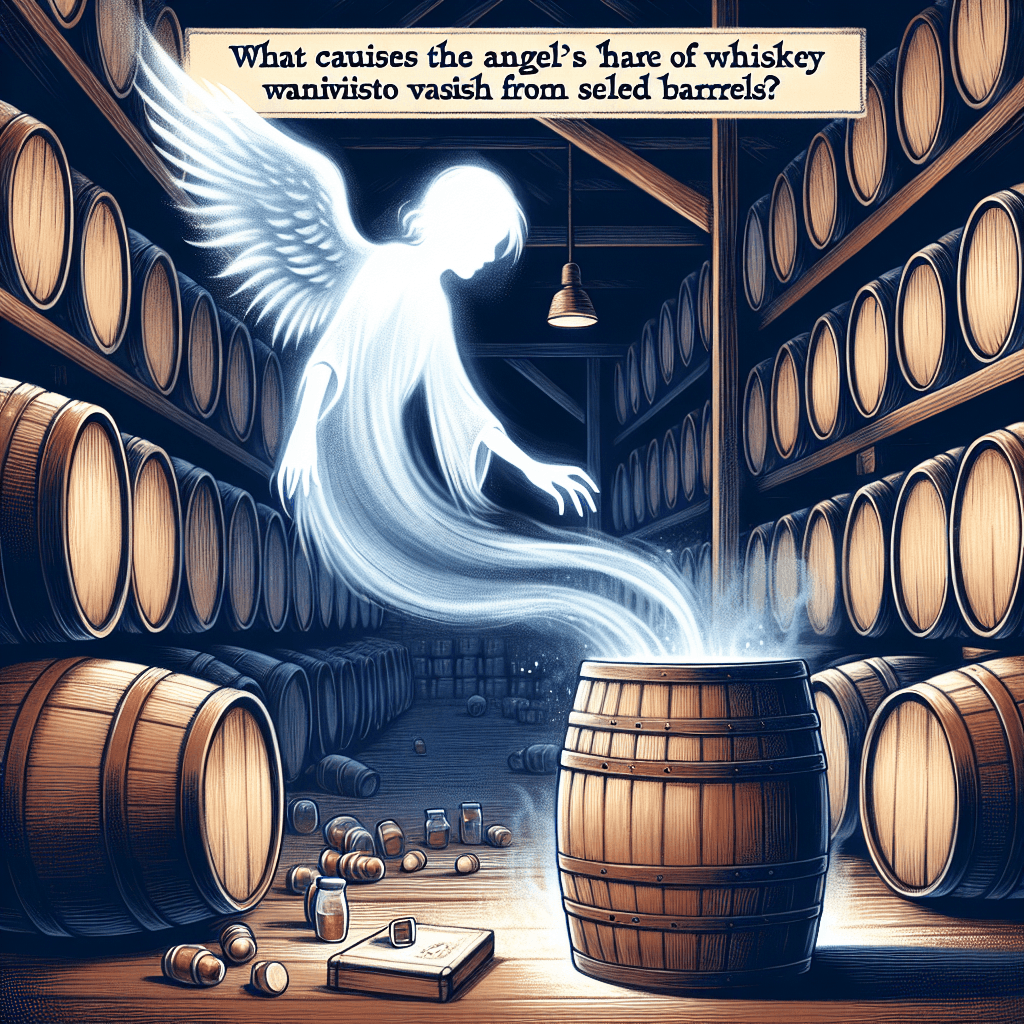How can watching a person's mouth change the sound you actually hear
What you see can literally override what you hear, creating a bizarre auditory illusion that proves your brain can't always be trusted.


Too Long; Didn't Read
TLDR: Your brain trusts your eyes more than your ears. When you see a mouth make the shape for one sound but hear another, your brain gets confused and creates a third, completely new sound. What you see can literally change what you hear.
Blog Post Title: The McGurk Effect: How Can Watching a Person's Mouth Change the Sound You Actually Hear?
Introduction
Have you ever struggled to understand someone in a noisy room, only for their words to become crystal clear the moment you look at their face? Or have you noticed how disorienting it is when the audio and video on a movie are out of sync? This isn't just your imagination; it’s a powerful demonstration of how interconnected our senses truly are. Our brains don't process speech using only our ears. Instead, they perform a remarkable act of sensory fusion, blending what we hear with what we see. This post delves into the fascinating science behind this phenomenon, primarily a perceptual illusion known as the McGurk effect, to explain exactly how watching a person's mouth can fundamentally change the sound you perceive.
What Is the McGurk Effect?
The McGurk effect is a powerful perceptual illusion that highlights the interaction between hearing and vision in speech perception. In essence, it occurs when the auditory component of one sound is paired with the visual component of another, causing you to perceive a third, entirely different sound.
This phenomenon was first documented by psychologists Harry McGurk and John MacDonald in 1976. Their research revealed that our perception of speech is fundamentally multisensory. When presented with conflicting audio and visual information, our brains don't simply choose one over the other. Instead, they attempt to create a single, unified perception that makes the most sense of the combined input. More often than not, the powerful influence of what we see can override or alter what we hear.
Your Brain the Ultimate Integrator: How It Works
So, what’s happening inside your head during this illusion? The answer lies in a process called multisensory integration. Your brain is constantly receiving streams of data from all your senses and its job is to weave them together into a coherent experience of the world.
When it comes to speech, brain regions like the superior temporal sulcus are hard at work combining auditory signals from your ears with visual signals from your eyes (specifically, the speaker's lip movements, or "visemes").
If the sound you hear matches the lip movements you see, the signal is reinforced, and comprehension is easy. However, when there's a mismatch, your brain faces a puzzle. It tries to find the most plausible solution. Because visual information about mouth shape is often very distinct, it can exert a surprisingly strong pull, effectively "correcting" the audio to match the visual. The brain essentially concludes, "I'm hearing 'ba,' but I'm seeing 'ga.' The most logical compromise must be 'da.'"
A Classic Example: The "Ba-Ba" vs. "Ga-Ga" Illusion
The most famous demonstration of the McGurk effect perfectly illustrates this process. Imagine this scenario:
- Audio Only: You close your eyes and listen to an audio recording of a person repeatedly saying the syllable "ba-ba-ba." You hear it clearly.
- Visual Only: Now, you watch a silent video of the same person mouthing the syllables "ga-ga-ga." You can clearly see their tongue moving at the back of their mouth.
- Audio + Visual: Finally, the audio track for "ba-ba-ba" is played while you watch the video of the person mouthing "ga-ga-ga."
What do most people hear? Neither "ba" nor "ga." Instead, they report hearing "da-da-da." This new sound, "da," is a perceptual fusion—a compromise created by the brain to resolve the conflict between the bilabial "b" sound it hears and the velar "g" shape it sees.
Beyond the Lab: The McGurk Effect in Daily Life
This isn't just a quirky lab experiment; this sensory integration is fundamental to our everyday communication. It explains several common experiences:
- Understanding Speech in Noisy Places: When you're in a loud restaurant, you instinctively watch the speaker's lips. Your brain uses those visual cues to fill in the auditory information that's being drowned out by background noise.
- Video Calls and Dubbed Films: It’s the reason why a poorly synced video call or a badly dubbed foreign film can feel so jarring. Your brain is detecting the mismatch, which can make speech more difficult to process and even uncomfortable to watch.
- Support for Hearing Impairment: The McGurk effect underscores the profound importance of lip-reading for individuals with hearing loss. Visual cues provide a critical layer of information that makes spoken language accessible.
Conclusion
The way we perceive sound is far more complex than just the mechanics of our ears. The McGurk effect brilliantly demonstrates that hearing is an active, constructive process managed by our brain, which acts as a master integrator of our senses. It proves that we truly do "hear with our eyes." This remarkable synergy between sight and sound is a testament to the brain's incredible efficiency, allowing us to communicate effectively even in challenging conditions. So, the next time you find yourself watching someone's lips to hear them better, you’ll know you’re not just guessing—you're leveraging one of your brain's most sophisticated and collaborative functions.


